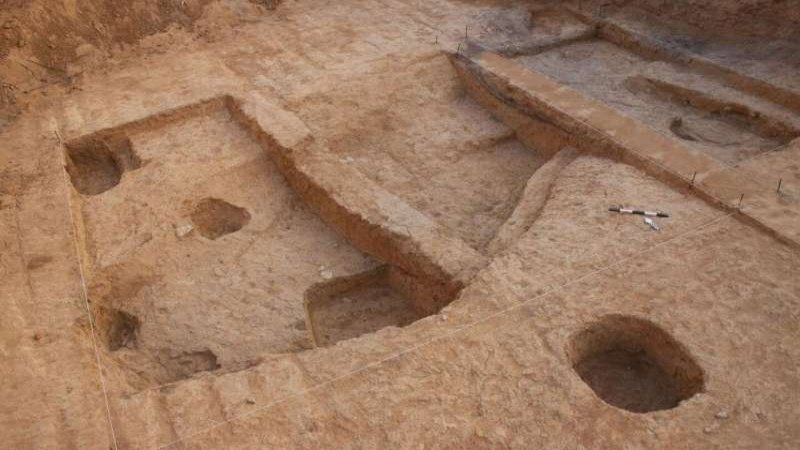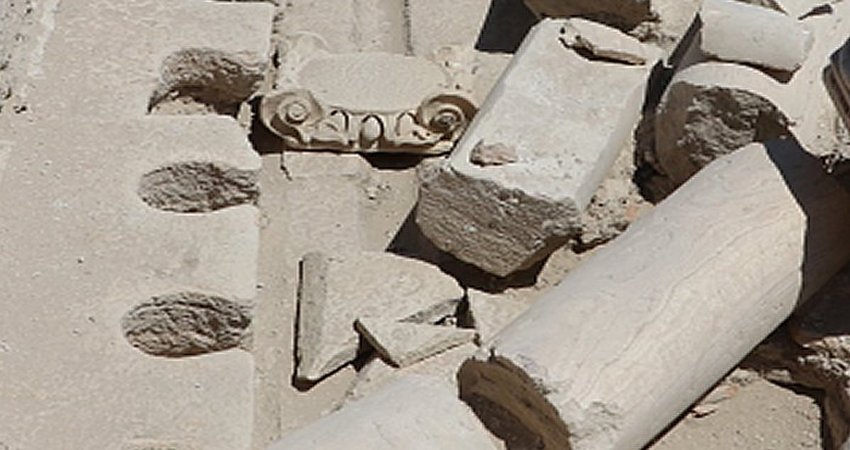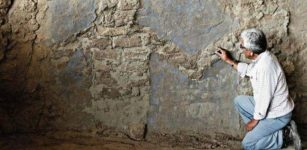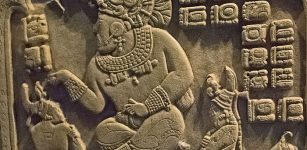Ancient Burial Sites Reveal Nubians And Egyptians Integrated Communities
MessageToEagle.com – Compared to the ancient Egyptian civilizations, the ancient kingdom of Nubia, located in the northern Sudan is almost forgotten by history and neglected by archaeology.
However, in ancient times the Nubians were a powerful and sophisticated civilization that constructed pyramids, beautiful avenues of animals and statutes, temples and colonnades.
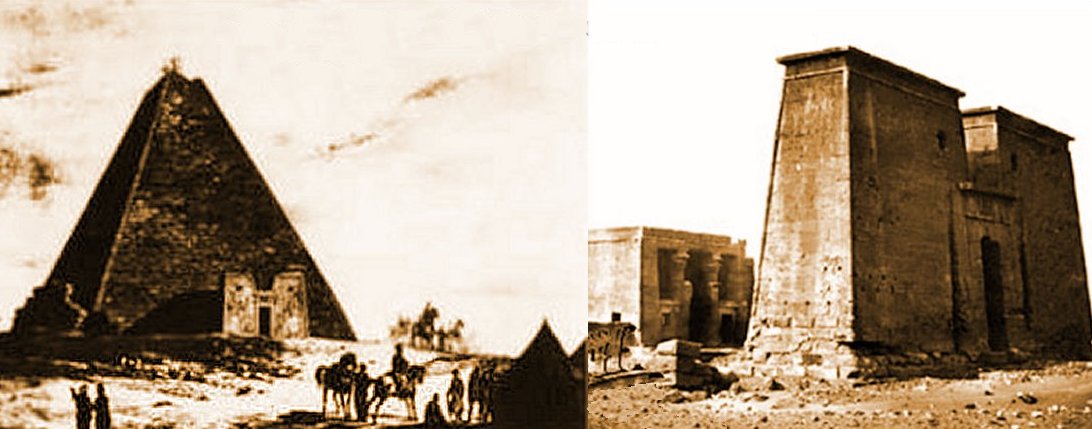
Excavating Nubian burial sites in the Nile River Valley, a scientist have now found bioarchaeological evidence showing that Nubians and Egyptians integrated into a community, and even married, in ancient Sudan.
To gain access to trade routes on the Nile River, Egyptians decided to colonize the area in 1500 B.C. During the New Kingdom Period, from about 1400-1050 BCE, Egyptians ruled Tombos in the Nile River Valley’s Nubian Desert in the far north of Sudan. In about 1050 BCE, the Egyptians lost power during the Third Intermediate Period. At the end of this period, Nubia gained power again and defeated Egypt to rule as the 25th dynasty.
Michele Buzon, a Purdue University associate professor of anthropology, is excavating pyramid tombs in Tombos, Sudan to study Egyptian and Nubian cultures from thousands of years ago in the Nile River Valley. Her studies reveal the two cultures merged.
See also:
Rock-Cut Tomb Of Pennut, Viceroy Of Nubia Under Reign Of Ramses VI
Taharqa – The Most Powerful Of The Black Pharaohs
It has previously been presumed that Nubians were forced to absorb Egyptian cultural features, but human remains and burial practices from 24 units show there was a new identity that combined aspects of their Nubian and Egyptian heritages.
“We believe they were interacting, intermarrying and eventually becoming a community of Egyptians and Nubians,” Buzon said.
The tombs, known as tumulus graves, are mounded, round graves with stones and a shaft underneath. Tumulus graves reflect Nubian culture, but also reveal how exactly the two cultures merged.
“They are Nubian in superstructure, but inside the tombs reflect Egyptian cultural features, such as the way the body is positioned,” Buzon said. “Egyptians are buried in an extended position; on their back with their arms and legs extended. Nubians are generally on their side with their arms and legs flexed. We found some that combine a mixture of traditions. For instance, bodies were placed on a wooden bed, a Nubian tradition, and then placed in an Egyptian pose in an Egyptian coffin.”

“We now have a sense of what happened when the New Kingdom Empire fell apart, and while there had been assumptions that Nubia didn’t function very well without the Egyptian administration, the evidence from our site says otherwise,” Buzon explained.
“We found that Tombos continued to be a prosperous community. We have the continuation of an Egyptian Nubian community that is successful even when Egypt is playing no political role there anymore. This community developed over a few hundred years and people living there were the descendants of that community that started with Egyptian immigrants and local Nubians. They weren’t living separately at same site, but living together in the community,” she added.
The link between the Nubian Kingdom and ancient Egyptians was much stronger than previously thought.
MessageToEagle.com




